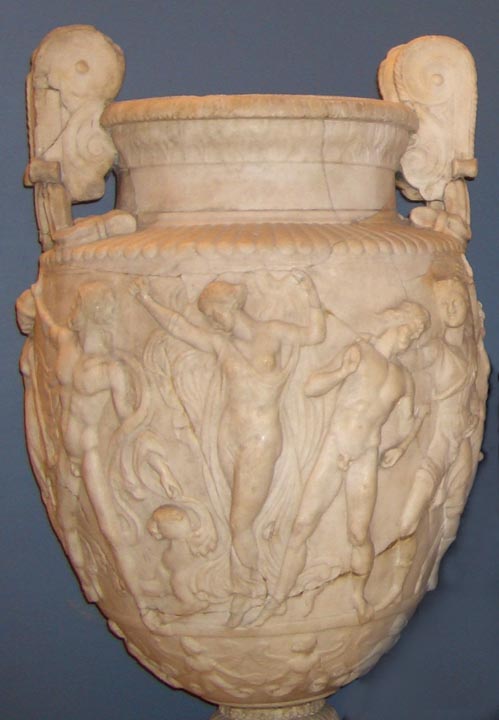 hen Jefferies was living near London in the late 1870s and the beginning of the eighties, he sometimes took refuge from the busy streets in the National Gallery and the British Museum. He found the Reading Room of the British Museum oppressive, but he had had a passion for Ancient Greece since boyhood (as seen in his children's classic, Bevis, 1882), and he loved wandering among the Greek sculptures. He wrote about his response to them in his autobiography, The Story of My Heart (1883):
hen Jefferies was living near London in the late 1870s and the beginning of the eighties, he sometimes took refuge from the busy streets in the National Gallery and the British Museum. He found the Reading Room of the British Museum oppressive, but he had had a passion for Ancient Greece since boyhood (as seen in his children's classic, Bevis, 1882), and he loved wandering among the Greek sculptures. He wrote about his response to them in his autobiography, The Story of My Heart (1883):
The statues are not, it is said, the best; broken too, and mutilated, and seen in a dull, commonplace light. But they were shape — divine shape of man and woman; the form of limb and torso, the bust and neck, gave me a sighing sense of rest. These were they who would have stayed with me under the shadow of the oaks while the blackbirds fluted and the southern air swung the cowslips. If I had lived with them from Greece till now I should not have had enough of them. Tracing the form of limb and torso with the eye gave me a sense of rest. [Chapter V]
This "sense of rest" fed into how he felt about nature. Like his experiences in the countryside, such "pilgrimages" into a past immortalised by art allowed him to escape from the materialism and niggling demands of contemporary life:
I want to be always in company with these, with earth, and sun, and sea, and stars by night. The pettiness of house-life — chairs and tables — and the pettiness of observances, the petty necessity of useless labour, useless because productive of nothing, chafe me the year through. I want to be always in company with the sun, and sea, and earth. These, and the stars by night, are my natural companions. My heart looks back and sympathises with all the joy and life of ancient time. With the circling dance burned in still attitude on the vase; with the chase and the hunter eagerly pursuing, whose javelin trembles to be thrown; with the extreme fury of feeling, the whirl of joy in the warriors from Marathon to the last battle of Rome, not with the slaughter, but with the passion--the life in the passion; with the garlands and the flowers; with all the breathing busts that have panted beneath the sun. O beautiful human life! Tears are in my eyes as I think of it. So beautiful, so inexpressibly beautiful! [Chapter 7]

"the circling dance burned in still attitude on the vase" — The Townley Vase.
[Click on thumbnail for larger image.]
This looks forward as well as back — back to Wordsworth in "The Prelude," learning to recognise " the still sad music of humanity" after his awakening by nature, and Keats in his "Ode on a Grecian Urn" (text), teased out of thought by the spectacle of the living moment caught for eternity by art; forward to D.H. Lawrence, with his rants against materialism, and his yearning for the "sun" in man.
However, despite his interest in Jefferies, Lawrence disliked The Story of My Heart, apparently finding it too personal and effusive (353). The critic A.O.J. Cockshut, who feels that "The best autobiographies achieve a balance between inner and outer" (11), would probably agree with Lawrence. Yet The Story of My Heart remains in print (Cygnus Books, 2002; Green Books, 2003) and has many admirers today. What trends in our culture might contribute to its popularity?
The passages quoted here certainly help to explain the unusual mix of archaism and futuristic fantasy in Jefferies's After London(1885), and alert us to another strand of this writer's intense inner life besides his love of nature. Jefferies's range of subject-matter and form is too often underestimated.
References
Cockshut, A.O.J. The Art of Autobiography in 19th and 20th Century England. New Haven: Yale UP, 1984.
Jefferies, Richard The Story of My Heart is available at www.gutenberg.org/etext/2317
Lawrence, D.H. The Cambridge Edition of the Letters and Works of D.H. Lawrence. Vol.1. Ed. James T. Boulton. Cambridge: Cambridge UP, 1979.
Last modified 23 January 2006